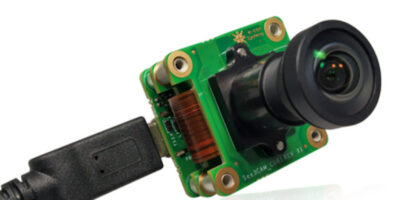The Airoc CYW20829 Bluetooth LE (low energy) SoC is a Bluetooth 5.3 core spec-compliant device for IoT, smart home and industrial applications, introduced by Infineon. It is designed to support Bluetooth LE use cases for home automation, sensors, lighting, Bluetooth Mesh, remote controls and any other Bluetooth LE-connected IoT application, says the company.
The SoC has efficient peripheral design, low leakage silicon with scalable and efficient MIPS, and a low power Bluetooth radio, said Sonal Chandrasekharan, vice president of the Bluetooth product line at Infineon. It is claimed to offer superior RF performance for reliable, robust connections, he added.
The Airoc CYW20829 integrates a power amplifier with 10dBm of transmit output power and has receive sensitivity of -98.5 dBm for LE and -106 dBm for LE-LR 125kbits per second, making it the best link budget in Infineon’s Airoc Bluetooth portfolio. The RF performance offers reliable, robust connectivity without compromising low power, says the company, making the SoC suitable for a range of applications in smart home, smart building, medical, industrial, mesh and human interface devices (e.g., keyboard, mouse, remote control).
The CYW20829 is the first Infineon Airoc Bluetooth SoC to use the Arm Cortex M33. The Bluetooth LE sub system includes an optimised radio and an Arm Cortex M33 core as the Bluetooth controller. A second Arm Cortex M33 with a floating point unit can be clocked up to 96MHz to provide high performance compute at low power.
The application sub system has configurable serial communication blocks that can be turned into UART, I2C or SPI as needed. It also has multiple timer / counter pulse-width modulators, I2S, PDM, CAN and LIN interfaces. For security, there is a ROM-based root of trust, a TRNG, eFuse for custom keys and cryptography acceleration. The SoC also supports XIP from external flash and encryption on the fly for content on the flash.
The AIROC CYW20829 is supported by ModusToolbox – a collection of software and tools for the development of Bluetooth-enabled IoT designs.
The Airoc CYW20829 Bluetooth LE SoC is currently sampling to select customers.







